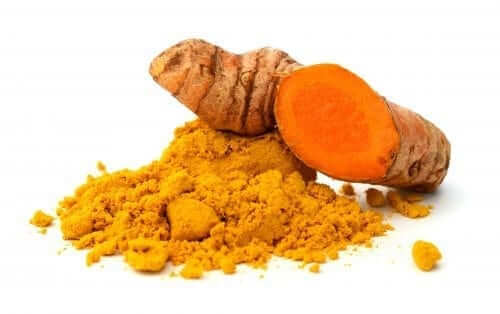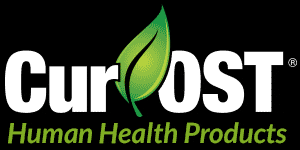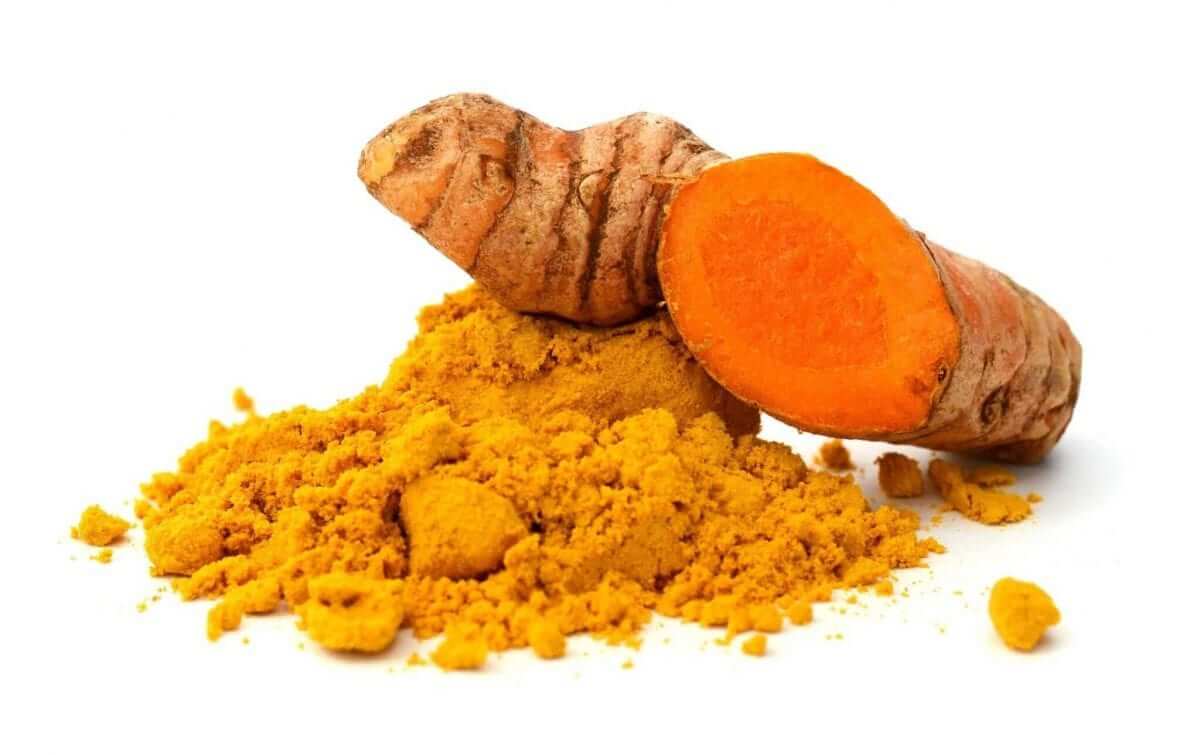Turmeric and Curcumin are two very popular words in the world of health and inflammation, but do you understand the difference? There are many foods and herbs available to us to enhance our overall health, but sometimes we just ‘hear’ benefits through marketing but fail to understand truth. We may hear about benefits, but are not clear on what type or dose of that herb is most beneficial and in what circumstances. Turmeric is one such herb with clear health benefits but a large amount of confusion.

This bright off-orange colored herb has been the topic of health discussions for many years, noting tremendous benefit to health in many studies. One key area of interest is the impact of Turmeric on inflammation, which is associated with a host of health problems.
A high majority of us have likely heard of the herb and many are likely using it as a daily part of their regimen. Considering the research and the many ‘types’ of turmeric or curcumin on the market, which one is best? I don’t know if anyone has the final answer to that question, but as the years go by, we tend to learn more.
What is Turmeric and the different available forms of Curcumin?
Turmeric is the ‘mother’ root and spice derived from Curcuma longa. Turmeric has been used for centuries in various cultures, noting antioxidant, anti-inflammatory, anti-cancer, anti-growth, anti-arthritic, anti-atherosclerotic, antidepressant, anti-aging, antidiabetic, antimicrobial, wound healing and memory enhancing capabilities. (1) These benefits are based on experience but also validated by numerous research studies.
Turmeric has been found to have over 235 compounds of which the majority are phenolic compounds and terpenoids. Included in those compounds are sesquiterpenes, which make up the volatile oils naturally present at 1.5-5%. The most well known and researched curcuminoid contained in turmeric is curcumin, which is usually a mixture of curcumin, demethoxycurcumin and bisdemethoxycurcumin.
Considering the many components of Turmeric, it can then be confusing when one looks at various supplements on the market.
Strictly and truly turmeric supplements provide the many benefits of all of the components of the entire plant or root. So, we are potentially gaining the health benefits of all 235+ active compounds present, which may provide a broader spectrum of positive gains.
Most supplements on the market contain Curcumin 95%, which implies that the majority of that supplement contains curcumin or more often, the mixture of the 3 curcuminoids mentioned above. It is one of the most common presentations on the market, but in theory, by taking this approach we are restricting our potential benefits. Through this route of supplementation, we may be missing the potential added benefits of the volatile oils or other numerous compounds.
Is Curcumin absorption a concern?
As much as we’d like there to be a definite answer to this question, there isn’t one. Research has indicated positive health benefits to a high majority of the many active compounds present in turmeric.(2) Despite this, we tend to just gravitate or become affixed to the curcumin component. Most research revolves around the active ingredient, curcumin, but we tend to note one major concern in terms of true benefits and that is absorption. Most research has indicated that there is poor absorption to curcumin, resulting in low detectable levels of curcuminoids in the bloodstream, which then is associated with a reduced medical response. However, is this true and why does this happen?
Gastrointestinal absorption of curcumin has been one of hot debate, with many companies and researchers indicating that we need to combine with piperine or black pepper to improve blood levels. A few things concern me or have raised some areas of question when it comes to this topic.
First, even in studies with concurrent use of piperine or black pepper, the blood levels are not significantly higher than compared to straight curcumin. The addition of piperine or other adjuncts tends to impact liver metabolism, thus raising levels of curcuminoids in the blood stream. However, again, the achieved levels are not significantly higher and if they are higher, it is not for a dramatically extended period of time. So, is there really any benefit?
Second, in some studies, including our own in horses, we have clinical results or improvement in the patient along with reduction of inflammatory proteins in the joint, but we also have noted low serum or blood levels. So, how can this be? If low serum levels equate to no activity or impact of that herb, how do we explain the clinical results we have seen and are noted in many studies? To me, being an active researcher of curcuumin for almost 15 years, the answer is quite simple. Curcumin, being one active compound of turmeric, is likely impacting the gastrointestinal tract and changing signaling there, which is likely then transferred to the entire body through cellular signaling. If we look at research, the highest levels of curcumin are noted in the gastrointestinal tract, liver and kidney. This tends to make more sense as we note this information.
The body is all about cellular signaling and an event can happen in one area of the body and impact another. In one recent study, Curcumin was shown to benefit intestinal integrity and organization of tight cell junctions. The conclusion was that likely Curcumin was able to impact health through tight cell junction health, rather than being absorbed systemically. This is important and verifies what we have been suspecting in our own clinical research. Blood levels of Curcumin and therefore absorption may not be important after all.
If we look at turmeric or even the active ingredient curcumin, we realize that the herb is fat soluble. This, like many vitamins, implies that in order to enhance absorption, fat must be present. In most instances, we take fat in with a meal, which then helps to enhance absorption of that herb. If we consume whole turmeric, we will be also consuming the volatile or essential oils present within the root, which enhances absorption naturally. When we consume pure curcumin, as in a 95% extract, we lose that natural oil presence and absorption may be impaired. However, if we consume that extract with a meal, then likely absorption is improved. In the case of our Cur-OST formulations, we have the benefits of both, the 95% curcumin extract plus the volatile oils, so absorption is optimal. In a few studies, the combination of volatile oils with a curcumin extract has been shown to have 7x the level of absorption over regular curcumin and even the piperine combinations. This blend has also shown persistent levels for almost 8 hours within the body.
Which form of Curcumin or Turmeric is ideal for health benefits?
Again, we have a question we’d love to have a definitive answer to, but likely there is not one that suits our desires. It is a complex topic and also highly depends on the person, their goals and what health challenges may be present.
In most perceptions, we tend to gravitate towards curcumin, using 95% extracts and these extracts have demonstrated marked benefit in many health conditions, putting the absorption concerns aside. The curcumin 95% extract is likely the most popular, even by itself without the addition of piperine or other additives. It is the most common form used in research and clinical studies.
However, we need to realize that we are concentrating on ‘one’ active compound present within the turmeric herb. Seeing this, we could be missing the boat in regards to what benefits the other compounds may offer. Turmeric naturally contains about 2-5% of curcumin based on weight, so it is a low level. That implies that 95-98% of that herb may contain other beneficial actives. In many cases, as with food, we need to see the beauty of the whole and not focus too intently on any single component. In the case of an apple, we have many actives that benefit health, but some just see vitamin C as being important. We get more bang for the buck if we consume that apple, rather than taking a vitamin C tablet. This may hold true for some herbs, turmeric included.
More research is being released that is indicating the numerous benefits to turmeric as a whole, moving beyond just the curcumin aspect. The volatile oils themselves have been found to have tremendous anti-inflammatory, antioxidant and even anti-cancer benefits. Some studies have noted that ‘curcumin free turmeric’ actually may have more health benefits, implying that the other actives as a whole may be better than the single component.
I think there is no debate regarding the increased benefits from turmeric as compared to an isolated extract. The problem, in my view, that arises is regarding dosing. If we are using an isolated extract of actives, generally the dose is lower because it is more concentrated. If we look at using the entire herb or root, turmeric, then dosing will likely be higher. If we are seeking 5000 mg of curcumin as part of therapy, that will be equal to 5000 mg of a 95% extract, but when it comes to using turmeric, that dose will be much higher, likely around 100 grams. The question comes as to whether if we focus on that one active, or assume that more likely, there is synergism at play within the entire root.
In our products and patients, I tend to focus on synergism, relying heavily on the curcuminoid/volatile oil blend based on clinical research with that formulation. I like the blend of curcuminoids present, but also the inclusion of volatile oils, not just for absorption but more for their own medicinal activities that they bring to the equation. In some other cases, we will add turmeric, at reduced doses, which I believe provides even further benefits.
There is no right or wrong approach, but what I think is important is that we understand turmeric on a higher level, realizing the potential for this herb in health. I do believe that dosing is critical and when we look at most research studies, doses used are high, often around 8000-10,000 mg per day. This is a far cry from most supplements offering the herb at doses of 500 mg or less. We have to realize and see that dosing can be and is critical to achieve health benefits. Not every person requires that high of a dose to realize results, and that individual dose can vary dependent on many factors. We also have to realize that in most cases, in traditional cultures, turmeric or curcumin is not used as a stand alone herb, even at high doses. More often than not, it is combined with other herbs of similar activity, like Boswellia, which provides synergism. Through this synergism, we can gain benefits of many herbs combined together. This often improves the impact to health.
We still have much to learn regarding many herbs, but in the case of turmeric, we can easily see that proper use and dosing can make a dramatic difference in clinical results.
Author: Tom Schell, D.V.M., CVCH, CHN
References:
- Aggarwal, BB et al. Curcumin free turmeric exhibits anti-inflammatory and anti-cancer activities: Identification of novel components of turmeric. Mol Nutr Food Res. 2013, 57, 1529-1542.
- Gupta, SC et al. Multitargeting by turmeric the golden spice: From kitchen to clinic. Mol Nutr Food Res. 2013, 57, 1510-1528.


